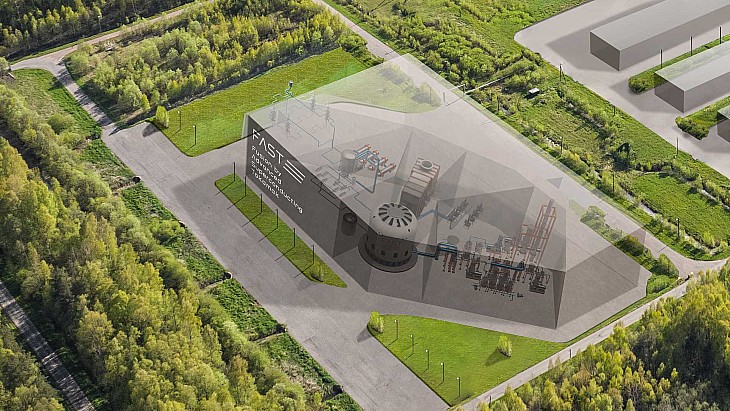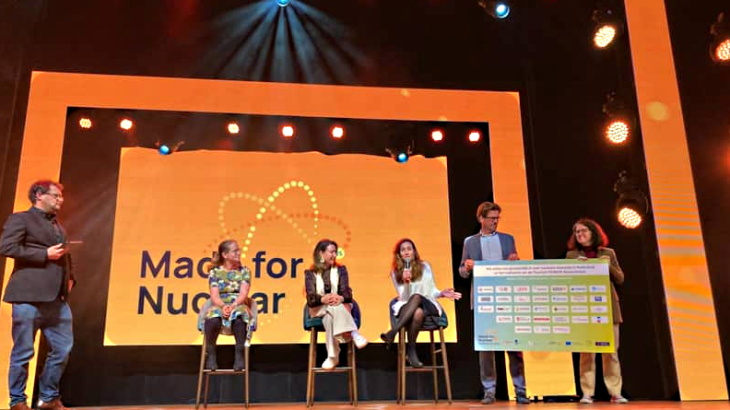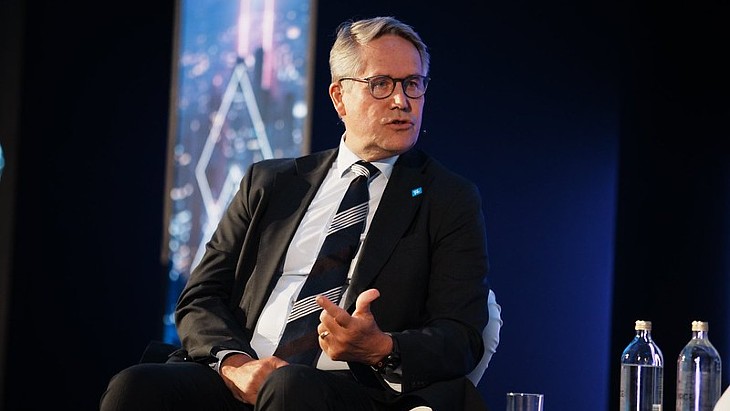The cooperation agreement was signed in Tokyo on 3 December by MFBR President Shigeru Kunishima; Akihiko Kato, senior general manager of MHI's Nuclear Energy Systems Division of Power Systems; JAEA President Toshio Kodama; Philippe Stohr, director of nuclear energy at CEA; and, François Billot of Framatome.
The new agreement aims to further research on "high-stake" topics for fast neutron reactor technology. Areas covered include: severe accidents; thermal-hydraulics and fuel behaviour; justification of material performance and durability; and, under-sodium inspection and instrumentation. The agreement will contribute to maintain and develop Framatome's skills and expertise in the field of fast reactors, the company said.
"This agreement follows the agreement established in 2014 for the Astrid [Advanced Sodium Technological Reactor for Industrial Demonstration] programme, through which a great many technical results have been jointly achieved and which has enabled close collaborative ties to be established between the parties," Framatome said.
Fast neutron reactors offer the prospect of vastly more efficient use of uranium resources than in conventional power reactors, as well as the ability to burn actinides. Fast reactors have operated in various countries since the 1950s, with some producing electricity commercially. France itself has operated three such reactors since the 1960s, including Phenix, which operated from 1973 to 2009. The CEA was commissioned by the government to develop two fourth generation fast reactors including Astrid in 2006, and it was decided in 2009 to make Astrid a high R&D priority because of its potential as an actinide burner.
In August, media reported that CEA had dropped development of the 600 MWe Astrid sodium-cooled nuclear reactor. At that time, CEA reportedly said it would finalise research in its Astrid project this year and is no longer planning to build a prototype in the short or medium term.

.jpg)



_34792.jpg)
_16403_79272.jpg)



_76087_55556.jpg)



